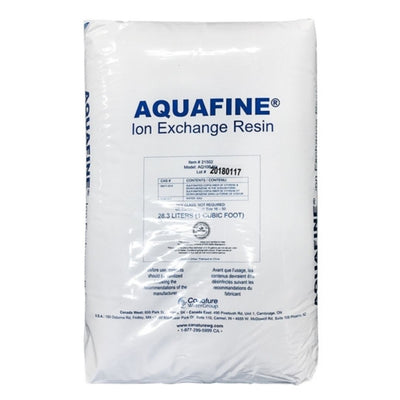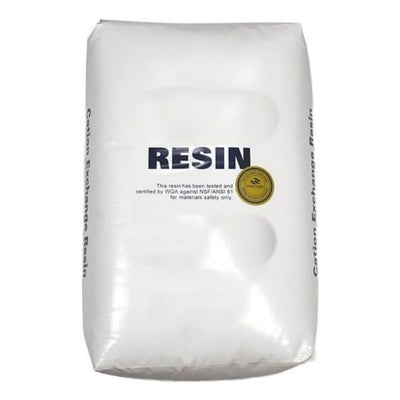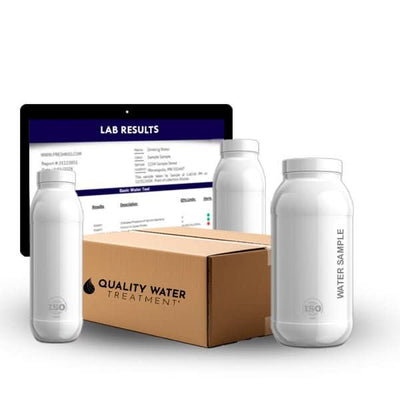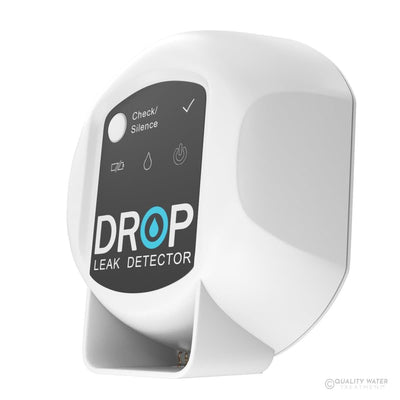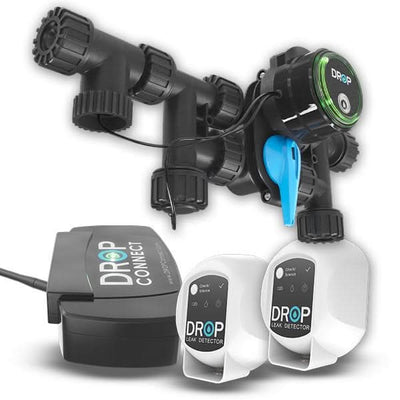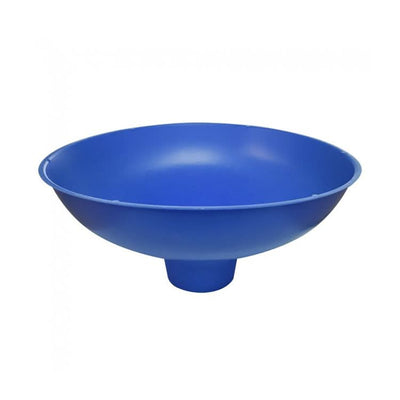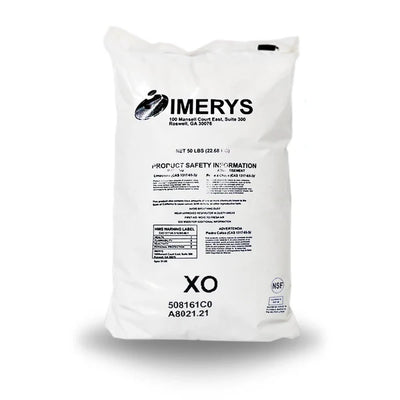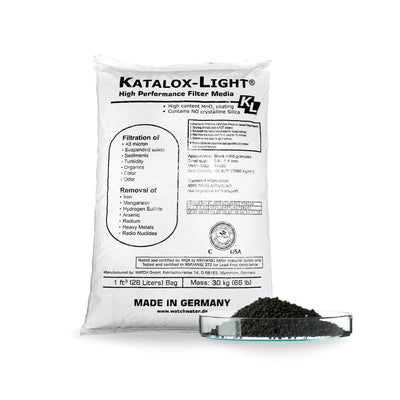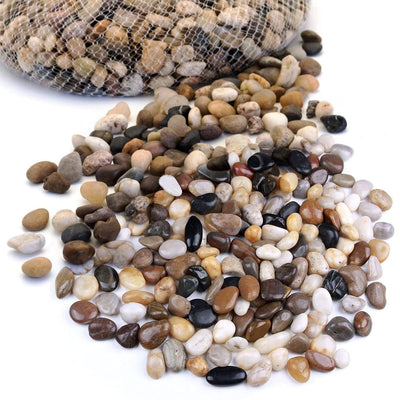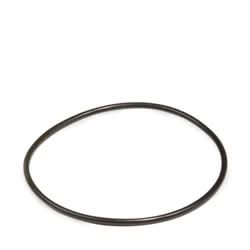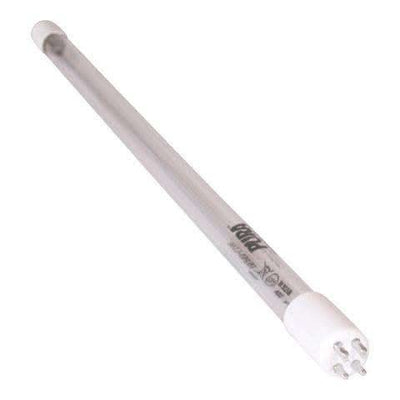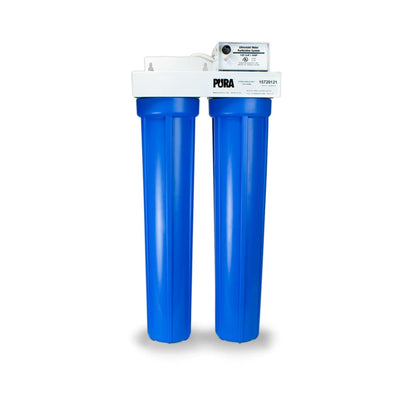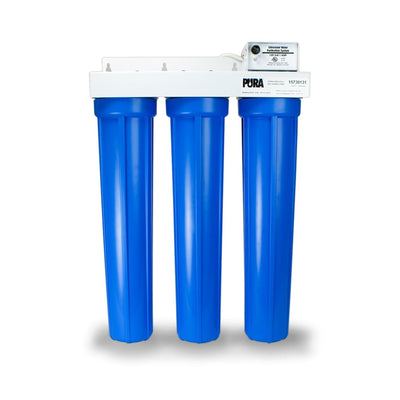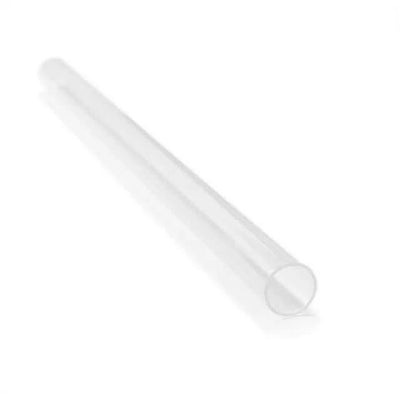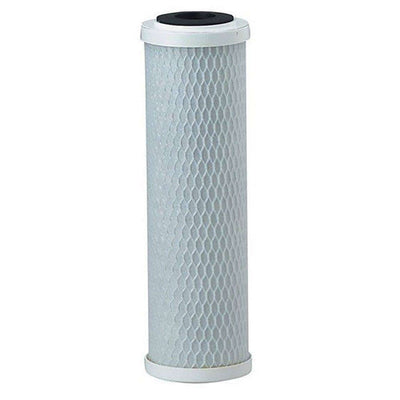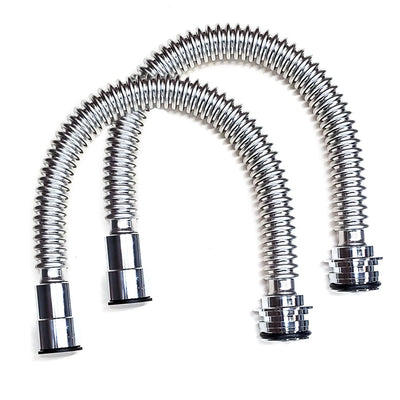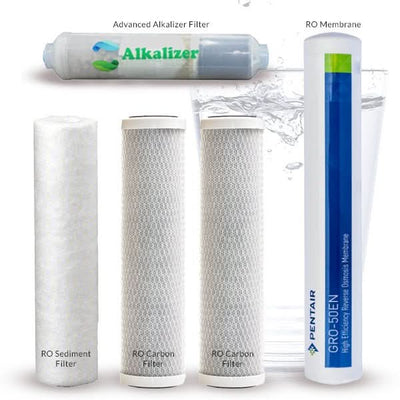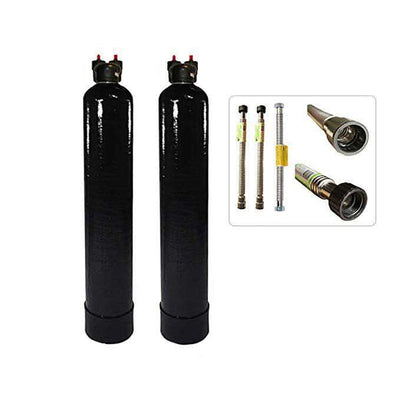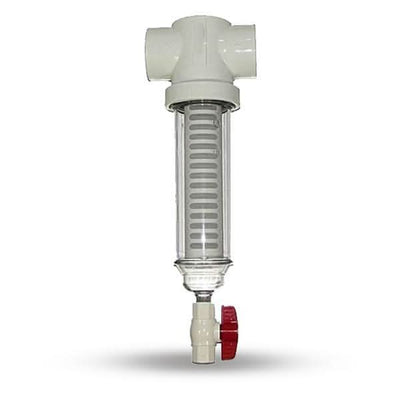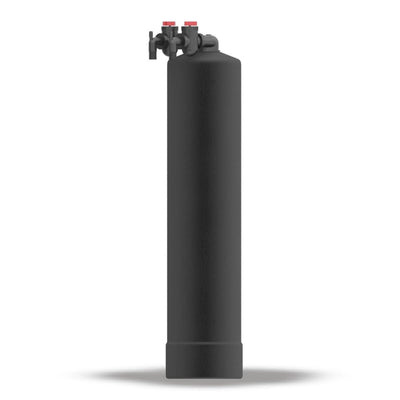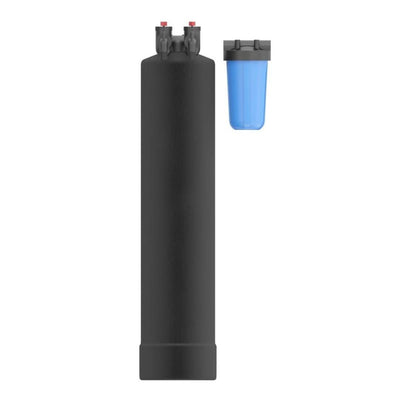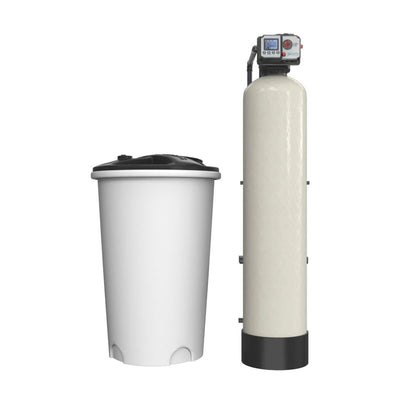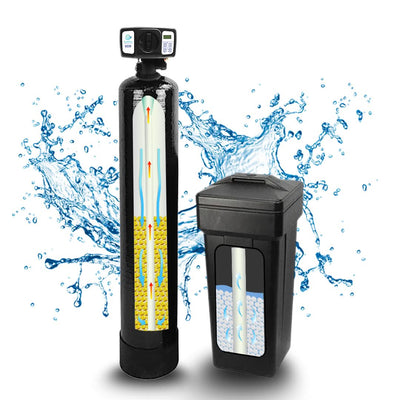 SoftPro ECO™ City Water Softener (Top Seller & Lifetime Warranty)
SoftPro ECO™ City Water Softener (Top Seller & Lifetime Warranty)
CHOOSE GRAIN CAPACITY 🔢 (use calculator)/CHOOSE FILTER PACKAGE
 SoftPro ECO™ Well Water Softener (Top Seller & Lifetime Warranty)
SoftPro ECO™ Well Water Softener (Top Seller & Lifetime Warranty)
CHOOSE GRAIN CAPACITY 🔢 (use calculator)/CHOOSE FILTER PACKAGE/WELL PUMP FLOW RATE (For Iron Filter)
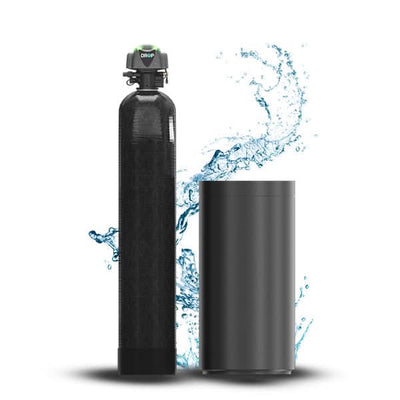 SoftPro Smart Home+ Water Softener with DROP Technology [WELL & CITY WATER]
SoftPro Smart Home+ Water Softener with DROP Technology [WELL & CITY WATER]
CHOOSE GRAIN CAPACITY 🔢 (use calculator)/CHOOSE PACKAGE 📦 (scroll down for package details)/WELL PUMP FLOW RATE (For Iron Filter)
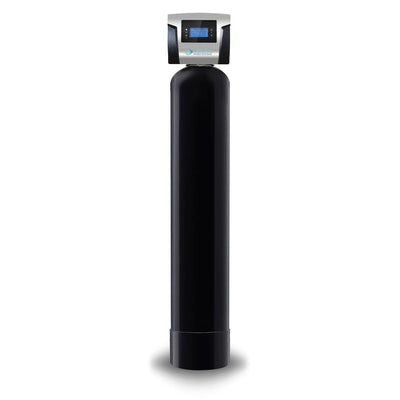 SoftPro® Catalytic Carbon Water Filter for Well Water (Best Seller & Lifetime Warranty)
SoftPro® Catalytic Carbon Water Filter for Well Water (Best Seller & Lifetime Warranty)
CHOOSE SIZE
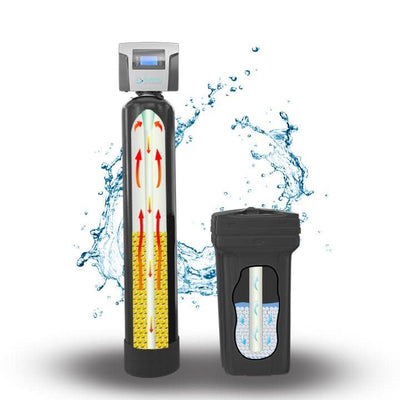 SoftPro® Elite HE Water Softener for City Water (Best Seller & Lifetime Warranty)
SoftPro® Elite HE Water Softener for City Water (Best Seller & Lifetime Warranty)
CHOOSE GRAIN CAPACITY 🔢 (use calculator)/CHOOSE FILTER PACKAGE
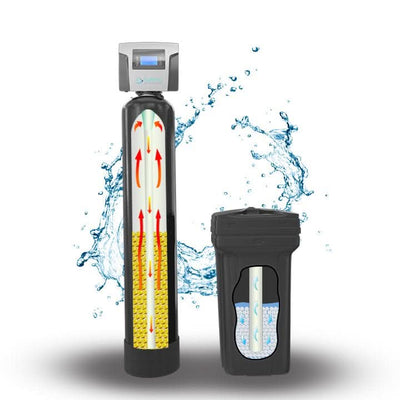 SoftPro® Elite HE Water Softener for Well Water (Best Seller & Lifetime Warranty)
SoftPro® Elite HE Water Softener for Well Water (Best Seller & Lifetime Warranty)
CHOOSE GRAIN CAPACITY 🔢 (use calculator)/CHOOSE PACKAGE 📦 (scroll down for package details)/WELL PUMP FLOW RATE (For Iron & pH Filters)
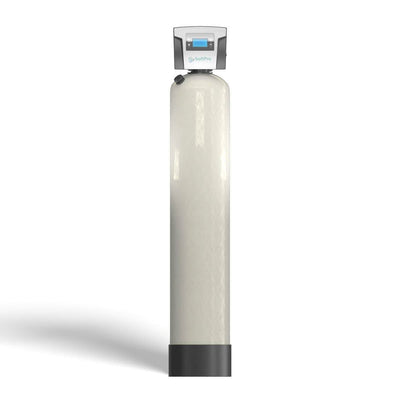 SoftPro® pH Neutralizer Calcite Filter for Neutralizing Acidic Water [WELL WATER]
SoftPro® pH Neutralizer Calcite Filter for Neutralizing Acidic Water [WELL WATER]
WELL PUMP SIZE BY FLOW RATE (GPM)
![SoftPro® Smart Home+ Water Softener & Whole House Carbon Filter with DROP Technology [CITY]-SoftPro® Water Systems](http://www.softprowatersystems.com/cdn/shop/files/DropSoftenerSpl_400x.jpg?v=1734470042) SoftPro® Smart Home+ Water Softener & Whole House Carbon Filter with DROP Technology [CITY]
SoftPro® Smart Home+ Water Softener & Whole House Carbon Filter with DROP Technology [CITY]
CHOOSE GRAIN CAPACITY
 SoftPro ECO™ City Water Softener (Top Seller & Lifetime Warranty)
SoftPro ECO™ City Water Softener (Top Seller & Lifetime Warranty)
CHOOSE GRAIN CAPACITY 🔢 (use calculator)/CHOOSE FILTER PACKAGE
 SoftPro ECO™ Well Water Softener (Top Seller & Lifetime Warranty)
SoftPro ECO™ Well Water Softener (Top Seller & Lifetime Warranty)
CHOOSE GRAIN CAPACITY 🔢 (use calculator)/CHOOSE FILTER PACKAGE/WELL PUMP FLOW RATE (For Iron Filter)
 SoftPro Smart Home+ Water Softener with DROP Technology [WELL & CITY WATER]
SoftPro Smart Home+ Water Softener with DROP Technology [WELL & CITY WATER]
CHOOSE GRAIN CAPACITY 🔢 (use calculator)/CHOOSE PACKAGE 📦 (scroll down for package details)/WELL PUMP FLOW RATE (For Iron Filter)
 SoftPro® Catalytic Carbon Water Filter for Well Water (Best Seller & Lifetime Warranty)
SoftPro® Catalytic Carbon Water Filter for Well Water (Best Seller & Lifetime Warranty)
CHOOSE SIZE
 SoftPro® Elite HE Water Softener for City Water (Best Seller & Lifetime Warranty)
SoftPro® Elite HE Water Softener for City Water (Best Seller & Lifetime Warranty)
CHOOSE GRAIN CAPACITY 🔢 (use calculator)/CHOOSE FILTER PACKAGE
 SoftPro® Elite HE Water Softener for Well Water (Best Seller & Lifetime Warranty)
SoftPro® Elite HE Water Softener for Well Water (Best Seller & Lifetime Warranty)
CHOOSE GRAIN CAPACITY 🔢 (use calculator)/CHOOSE PACKAGE 📦 (scroll down for package details)/WELL PUMP FLOW RATE (For Iron & pH Filters)
 SoftPro® pH Neutralizer Calcite Filter for Neutralizing Acidic Water [WELL WATER]
SoftPro® pH Neutralizer Calcite Filter for Neutralizing Acidic Water [WELL WATER]
WELL PUMP SIZE BY FLOW RATE (GPM)
![SoftPro® Smart Home+ Water Softener & Whole House Carbon Filter with DROP Technology [CITY]-SoftPro® Water Systems](http://www.softprowatersystems.com/cdn/shop/files/DropSoftenerSpl_400x.jpg?v=1734470042) SoftPro® Smart Home+ Water Softener & Whole House Carbon Filter with DROP Technology [CITY]
SoftPro® Smart Home+ Water Softener & Whole House Carbon Filter with DROP Technology [CITY]
CHOOSE GRAIN CAPACITY
 SoftPro ECO™ City Water Softener (Top Seller & Lifetime Warranty)
SoftPro ECO™ City Water Softener (Top Seller & Lifetime Warranty)
CHOOSE GRAIN CAPACITY 🔢 (use calculator)/CHOOSE FILTER PACKAGE
 SoftPro ECO™ Well Water Softener (Top Seller & Lifetime Warranty)
SoftPro ECO™ Well Water Softener (Top Seller & Lifetime Warranty)
CHOOSE GRAIN CAPACITY 🔢 (use calculator)/CHOOSE FILTER PACKAGE/WELL PUMP FLOW RATE (For Iron Filter)
 SoftPro Smart Home+ Water Softener with DROP Technology [WELL & CITY WATER]
SoftPro Smart Home+ Water Softener with DROP Technology [WELL & CITY WATER]
CHOOSE GRAIN CAPACITY 🔢 (use calculator)/CHOOSE PACKAGE 📦 (scroll down for package details)/WELL PUMP FLOW RATE (For Iron Filter)
 SoftPro® Catalytic Carbon Water Filter for Well Water (Best Seller & Lifetime Warranty)
SoftPro® Catalytic Carbon Water Filter for Well Water (Best Seller & Lifetime Warranty)
CHOOSE SIZE
 SoftPro® Elite HE Water Softener for City Water (Best Seller & Lifetime Warranty)
SoftPro® Elite HE Water Softener for City Water (Best Seller & Lifetime Warranty)
CHOOSE GRAIN CAPACITY 🔢 (use calculator)/CHOOSE FILTER PACKAGE
 SoftPro® Elite HE Water Softener for Well Water (Best Seller & Lifetime Warranty)
SoftPro® Elite HE Water Softener for Well Water (Best Seller & Lifetime Warranty)
CHOOSE GRAIN CAPACITY 🔢 (use calculator)/CHOOSE PACKAGE 📦 (scroll down for package details)/WELL PUMP FLOW RATE (For Iron & pH Filters)
 SoftPro® pH Neutralizer Calcite Filter for Neutralizing Acidic Water [WELL WATER]
SoftPro® pH Neutralizer Calcite Filter for Neutralizing Acidic Water [WELL WATER]
WELL PUMP SIZE BY FLOW RATE (GPM)
![SoftPro® Smart Home+ Water Softener & Whole House Carbon Filter with DROP Technology [CITY]-SoftPro® Water Systems](http://www.softprowatersystems.com/cdn/shop/files/DropSoftenerSpl_400x.jpg?v=1734470042) SoftPro® Smart Home+ Water Softener & Whole House Carbon Filter with DROP Technology [CITY]
SoftPro® Smart Home+ Water Softener & Whole House Carbon Filter with DROP Technology [CITY]
CHOOSE GRAIN CAPACITY


















![Aldex Premium 10% Cross Link Resin for Water Softener [High Capacity]-SoftPro® Water Systems](http://www.softprowatersystems.com/cdn/shop/files/Aldex_10_Cross_Link_Resin_Premium_High_Capacity_for_Water_Softener_600x.jpg?v=1735853599)






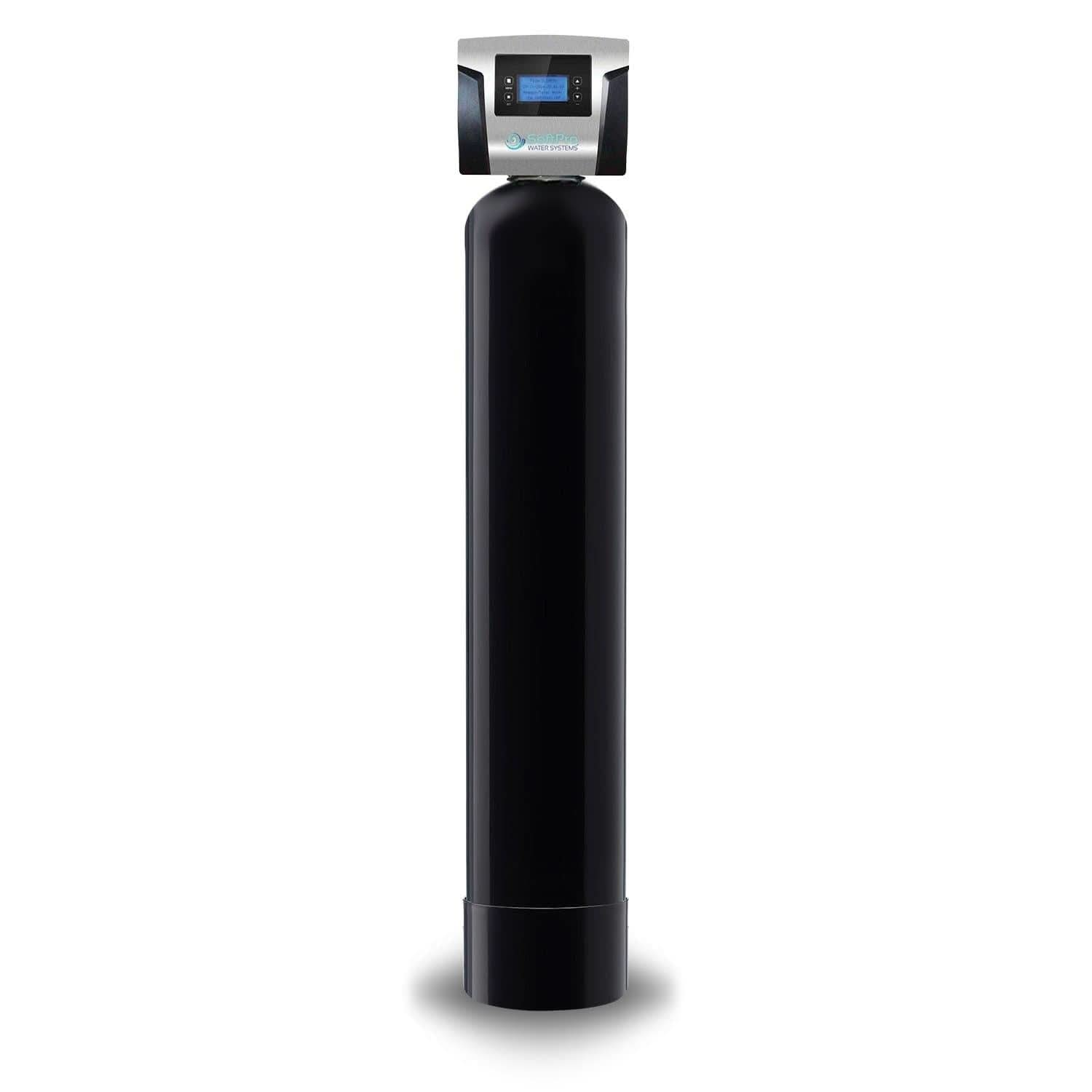
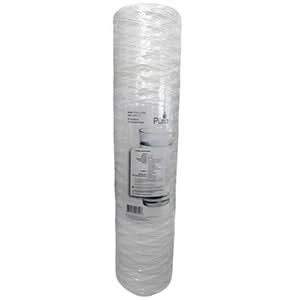
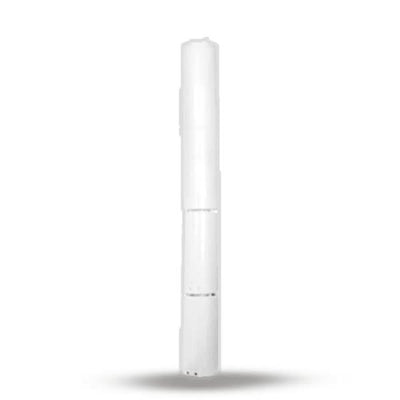
![Aldex Premium 10% Cross Link Resin for Water Softener [High Capacity]-SoftPro® Water Systems](http://www.softprowatersystems.com/cdn/shop/files/Aldex_10_Cross_Link_Resin_Premium_High_Capacity_for_Water_Softener_400x.jpg?v=1735853599)
